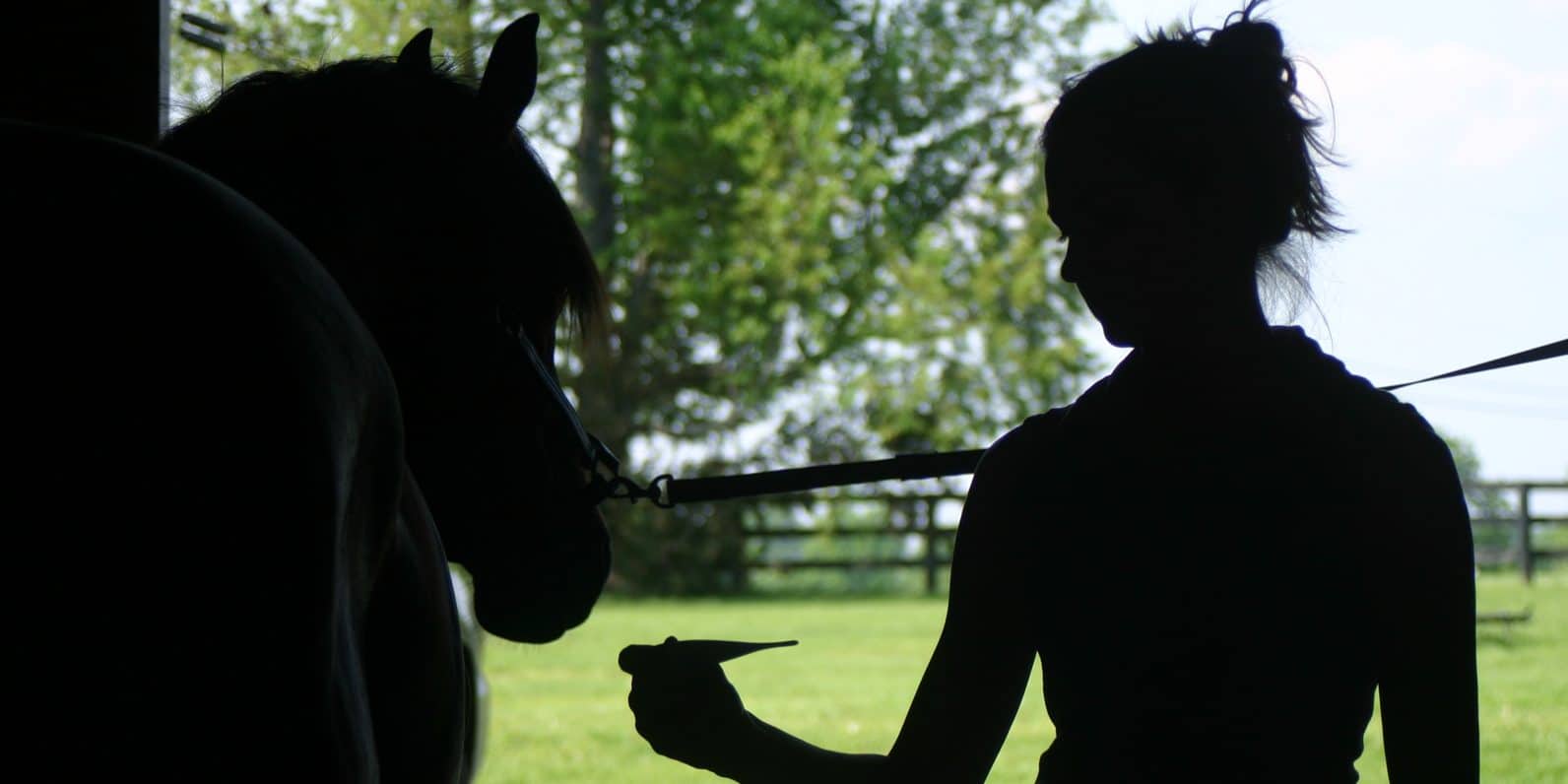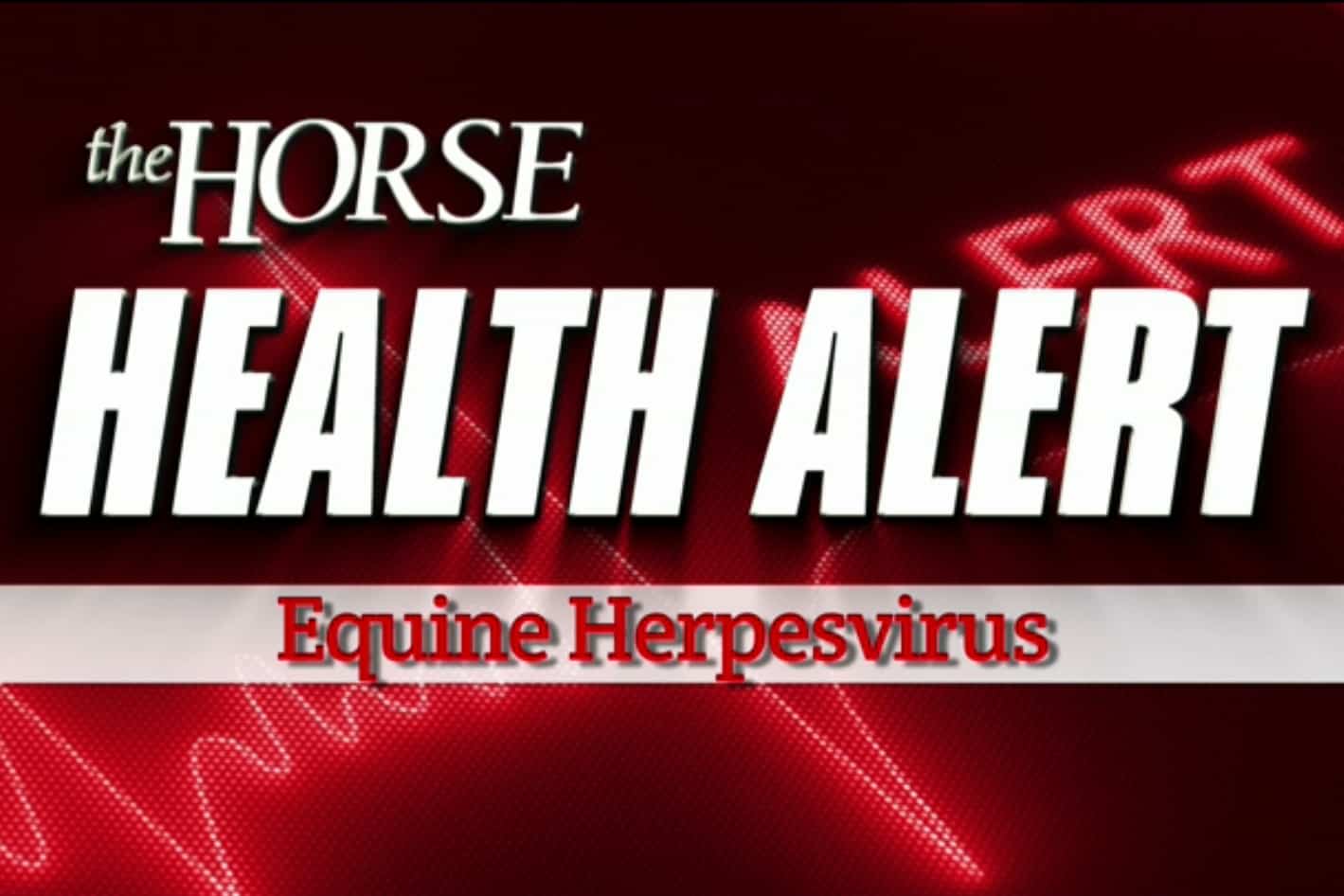Maryland State Vet Explains the State’s Ongoing EHV Response

The Maryland agency enacted a 21-day hold order on all three properties (Laurel Park, Pimlico, and Bowie), which added to the time horses had already spent in quarantine.
“After analyzing the data, assessing the risks, and applying veterinary clinical science, the decision was made to separate the Laurel Park and Pimlico properties, take a break from racing, and test only symptomatic horses at the three properties,” Odian stated in the memo.
Because data show 30% of asymptomatic horses will test positive for EHV, a large portion of the tracks’ populations would be placed in isolation, creating greater hardship on the horsemen and track officials. Thus, officials concluded that a break from racing was in the best interest of horses’ health and welfare.
“A racing horse will be more prone to illness,” says Odian in the memo. “By taking a hiatus, the horses will be rested and healthier to combat any possible exposure. Separating the properties was done with the intent that positives at one track would not affect the other since there is no intermingling of horses.”
Maryland will now immediately test and isolate any horse showing any clinical signs from any barn at any one of the three properties, with a re-test after 72 hours. Monitoring includes twice-daily temperature checks documented and inspected by MDA and racetrack officials.
“We are following the 21-day protocol as defined in the EHM guidance for state animal health officials, in addition to keeping constant contact with the foremost experts in the study of EHV/EHM. By combining these protocols, Maryland will be testing horses who have the greatest potential to spread clinical disease and monitoring the entire racetrack population.
“Quarantine will be lifted after an additional 21 days added to the time already in quarantine from the date of the original positive index horse,” Odian continued. “Also, the quarantine will only be lifted if no horse tests positive for EHV on the initial test when clinical signs are seen. If a horse does test positive on the initial test, the quarantine clock will be reset. From the start of the situation to the proposed end, the racetracks will have been in quarantine for close to 40 days.”
Odian described the situation in Maryland as dynamic and constantly evolving, adding that the state will continue to adjust its procedures to mitigate EHV cases as needed.
EHV 101
Herpesvirus is highly contagious among horses and can cause a variety of ailments in equids, including rhinopneumonitis (a respiratory disease usually found in young horses), abortion in broodmares, and equine herpesvirus myeloencephalitis (EHM, the neurologic form).

In many horses, the first or only sign of EHV-1 infection is fever, which can go undetected. In addition to fever, other common signs of EHV-1 infection in young horses include cough, decreased appetite, depression, and a nasal discharge. Pregnant mares typically show no signs of infection before they abort, and abortions usually occur late in gestation (around eight months) but can be earlier. Abortions can occur anywhere from two weeks to several months following infection with EHV-1.
Horses with EHM usually have a fever at the onset of the disease and might show signs of a respiratory infection. A few days later, neurologic signs such as ataxia (incoordination), weakness or paralysis of the fore- and hind limbs, urine retention and dribbling, loss of tail tone, and recumbency (inability to rise) develop.
Herpesvirus is easily spread by nose-to-nose or close contact with an infectious horse; sharing contaminated equipment including bits, buckets, and towels; or clothing, hands, or equipment of people who have recently had contact with an infectious horse. Routine biosecurity measures, including hygiene and basic cleaning and disinfection practices, should be in place at all times to help prevent disease spread.
Current EHV-1 vaccines might reduce viral shedding but are not protective against the neurologic form of the disease. Implementing routine biosecurity practices is the best way to minimize viral spread, and the best method of disease control is disease prevention.
Written by:
Edited Press Release
Related Articles
Stay on top of the most recent Horse Health news with















